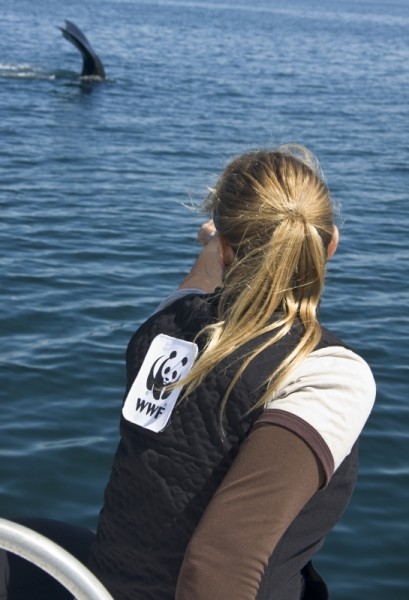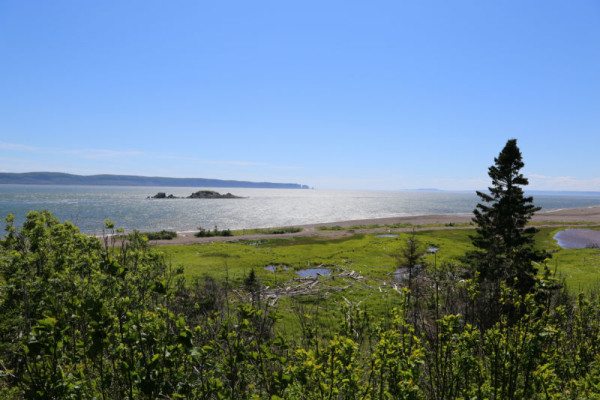Nova Scotia puts ocean-based renewable energy on the agenda
Last week, the Government of Nova Scotia passed the Marine Renewable Energy Act, in an effort to ensure that ocean-based energy – like offshore wind, wave and tidal technologies – has the appropriate licensing and environmental protections in place. While marine renewable technologies are pretty new, they are being developed worldwide and Nova Scotia is looking to tidal energy to help reduce fossil fuel consumption and create jobs in the province.
There is significant tidal energy potential in Nova Scotia, so much that the province has plans to develop enough energy to power a quarter of the province’s homes using tidal turbines. The Bay of Fundy in particular has some of the highest tides in the world, with more water flowing in and out of the bay with each tidal cycle than the output of all the world’s freshwater rivers combined.
Of course, in addition to being an energy powerhouse, the Bay of Fundy is also an incredibly productive region that provides a home for 22 species of marine mammals, including endangered North Atlantic right whales, more than 130 species of coastal and marine birds, and a wide variety of fish and invertebrates. Properly harnessing these tides could help reduce the province’s dependence on fossil fuels, but development cannot compromise this ecologically rich habitat, which supports coastal economic activities, including fishing, aquaculture and ecotourism.
WWF-Canada has participated in the development of the Marine Renewable Energy Act, with the goal of ensuring that proper protections for species and ecosystems are in place. This type of legislation is groundbreaking. It is the first of its kind in Canada, and one of the first in the world. We support the province of Nova Scotia for their work to revolutionize their energy grid – one that is predominantly coal powered – while protecting the environment. We believe that this Act provides a consistent foundation and clear guidance for operationalizing much needed renewable energy projects in a sustainable manner. The Department of Energy has stated that they want to prove that marine renewables can be developed in an environmentally sensitive way, and this act provides an important first step in ensuring this.
Transitioning to habitat friendly renewable energy is absolutely essential to protecting the long-term viability of the ocean. Climate change, caused primarily by the burning of fossil fuels, is the most significant threat to the future of ocean ecosystems and species, and the people and communities who rely on them. Without action on climate change, increasing sea levels and storm intensity will continue to change coastlines, warmer temperatures will cause forced migrations to new habitats, and acidification will weaken the corals, sponges, shellfish and plankton that make up the base of the food chain.
WWF-Canada will continue to work with the Government of Nova Scotia to ensure that regulations associated with the Marine Renewable Energy Act take the environment into the highest consideration, and that new areas selected for development are the most appropriate. With this Act, the Government of Nova Scotia has taken a significant step towards enabling a sustainable future by outlining a pathway for development that helps safeguard the ocean and its inhabitants.




